Clean Energy Business Network: 2015 Highlights and 2016 Preview
More than 3,000 members helped make last year a powerful one for clean energy
In 2015, Pew’s clean energy initiative pressed forward with a number of policy proposals that advance the U.S. clean energy economy.
The members of our Clean Energy Business Network (CEBN) were integral to our efforts, joining us in building awareness of companies’ and organizations’ invaluable work and making policymakers aware of the effects their decisions have on many industries.
As a new year begins, we reflect on some of the highlights of 2015 and look at what’s ahead in 2016.
2015 policy and research developments
- Pew, in partnership with our CEBN members, helped to secure greater long-term certainty in the tax code for the wind and solar industries, with a five-year extension and phase-down of the incentives for these technologies. We will continue to press for enhanced tax parity for other clean energy industries, including industrial energy efficiency, microturbines, fuel cells, small wind, geothermal, and biomass.
- We also achieved bipartisan, bicameral introduction of the Power Efficiency and Resiliency (POWER) Act (S. 1516/ H.R. 2657), which would improve the federal tax incentive for combined heat and power as well as waste heat to power. In collaboration with the Obama administration, we pushed to ensure that these technologies received favorable treatment in the Environmental Protection Agency’s Clean Power Plan.
- In federal spending legislation for fiscal year 2016, we helped secure $2.073 billion for the Department of Energy’s Energy Efficiency and Renewable Energy programs (8 percent more than in fiscal 2015) and $291 million for the Advanced Research Projects Agency-Energy (4 percent more than in fiscal 2015).
- We were instrumental in protecting a $45 million federal investment in the development of advanced biofuels for military, aviation, and commercial applications.
- We partnered with vehicle fleet operators, industry, and nonprofit organizations to secure a proposed rule to improve the fuel economy of medium- and heavy-duty trucks that could save 1.8 billion barrels of oil and cut fuel costs by about $170 billion over the lifetime of the vehicles sold under the program.
- We also released new research examining emerging global markets for clean energy and trends in distributed power generation in the U.S.
CEBN activities
- In February, more than 170 CEBN members braved winter storms to attend our biennial policy summit: The New Energy Landscape: Policy and Progress in 2015. Panelists and keynote speakers discussed some of the most pressing issues that will affect clean energy over the next few years.
- We held five webinars on topics such as the U.S. wind market and new fuel efficiency developments.
- Nearly 100 members came to Washington to meet with their congressional representatives on federal policy issues that are important to clean energy businesses, and network partners participated in more than 30 in-district meetings, tours, and events with elected officials.
- Hundreds of members signed letters of support for various energy policy issues, helping to amplify our issues on Capitol Hill. Related video: CEBN on the benefits of having a voice in Washington.
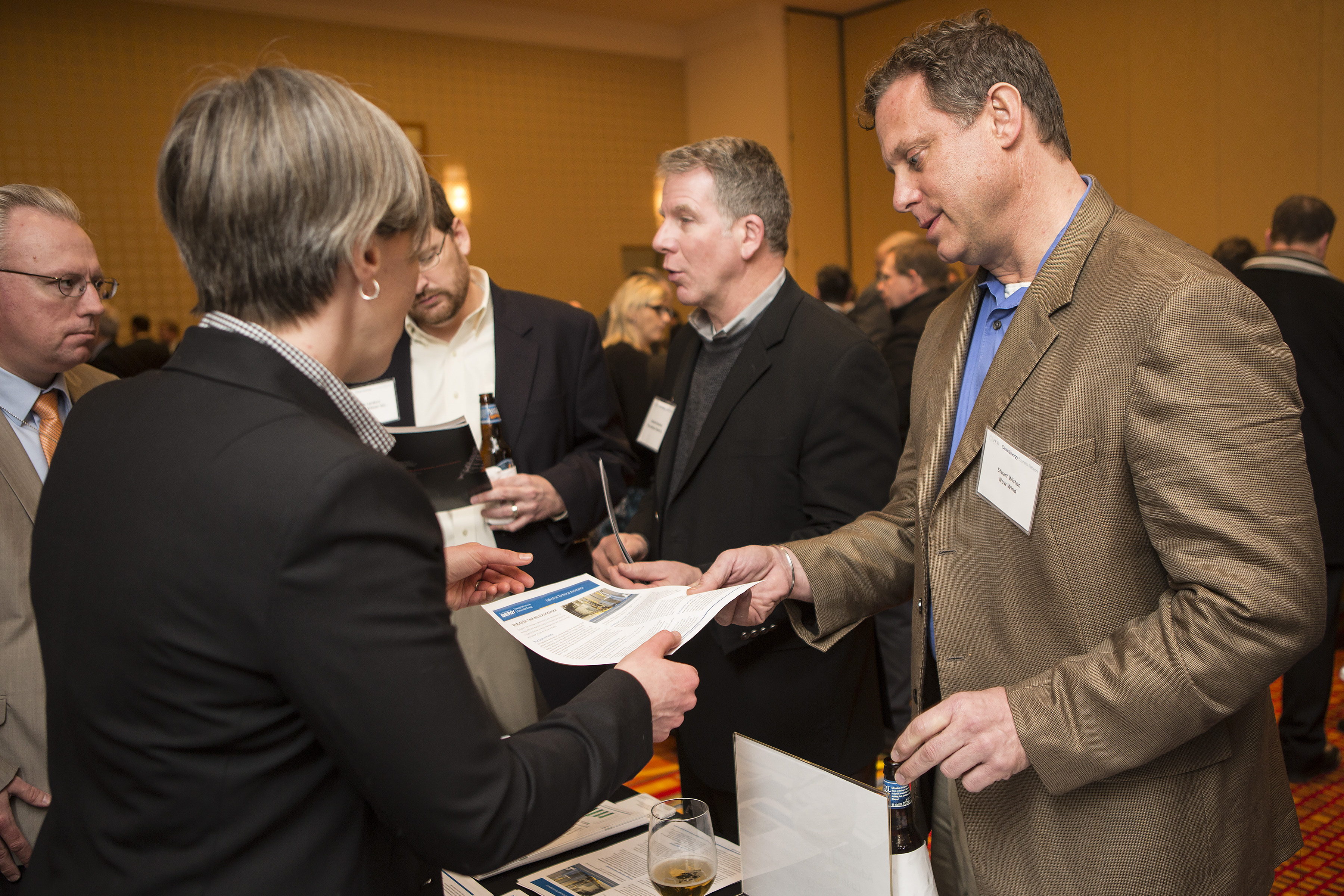
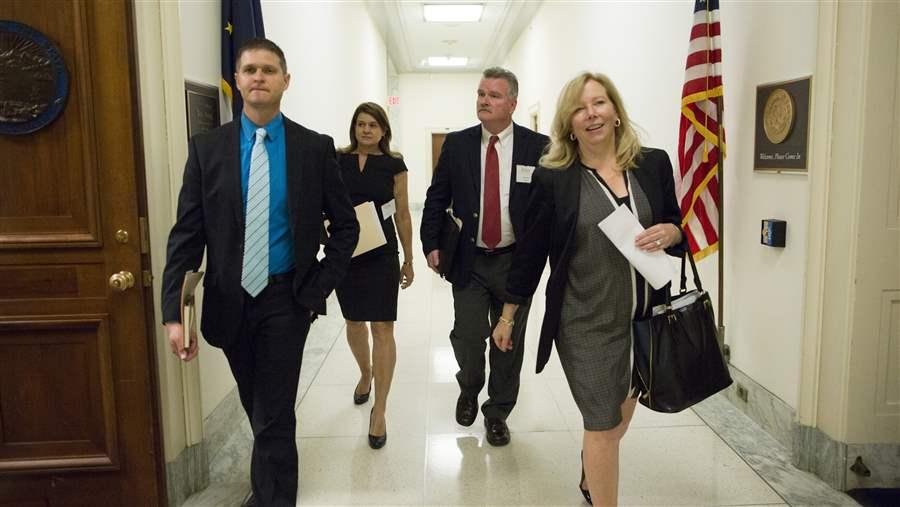
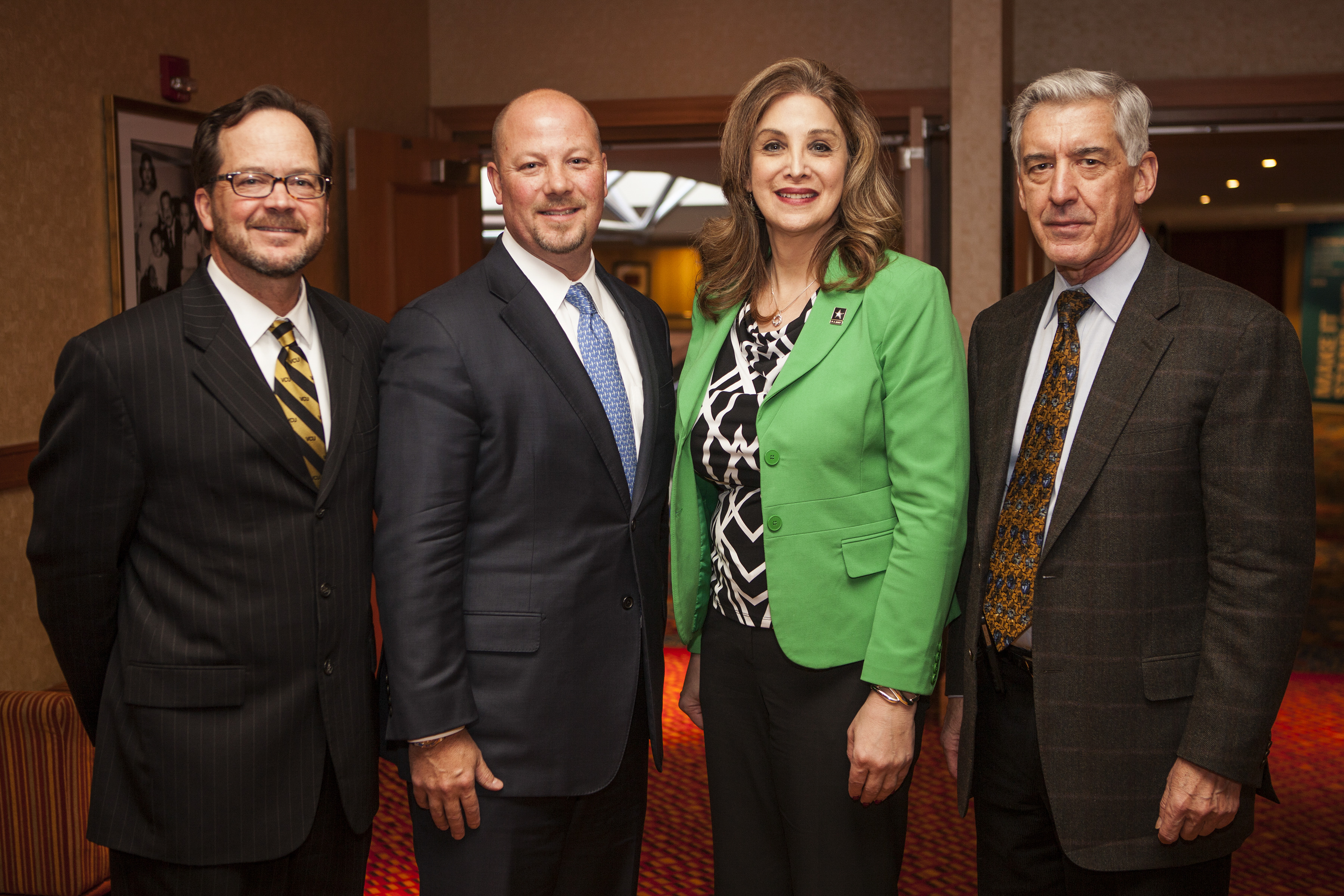
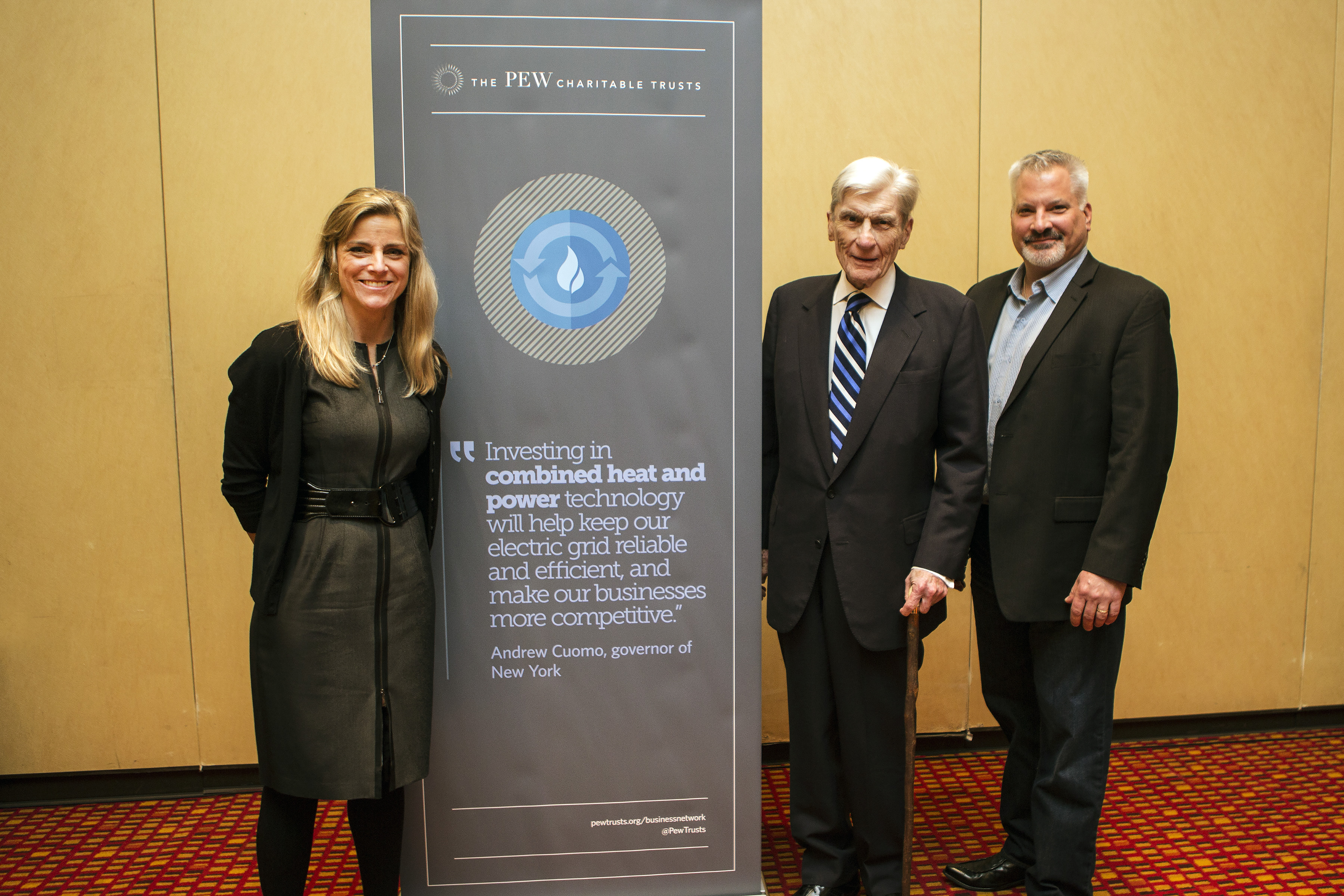
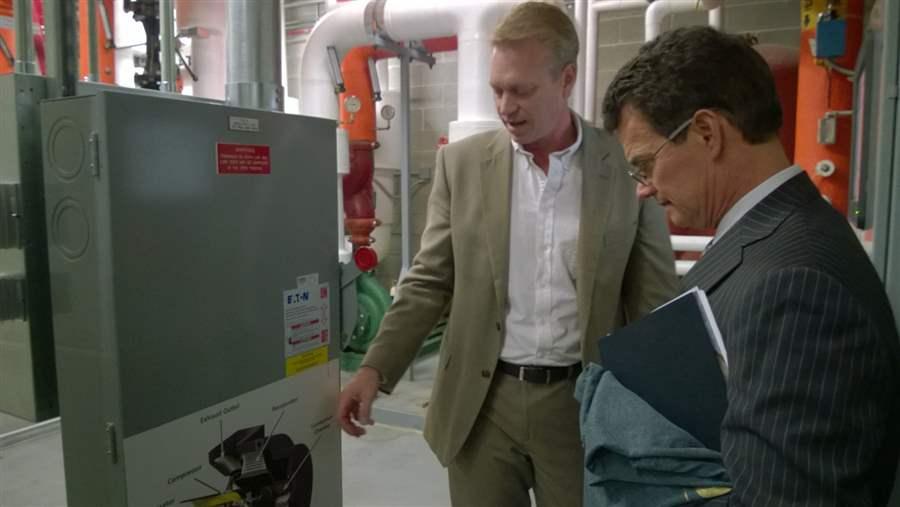
Plans for the coming year
In 2016, we expect the emissions reduction and clean energy financing commitments made during the United Nations’ 21st Conference of the Parties in Paris to have significant implications for renewable energy and efficiency policies in the U.S.
In particular, global leaders announced Mission Innovation, which seeks to double government funding for energy research and development over the next five years.
Meanwhile, 20 billionaires launched the Breakthrough Energy Coalition, committing to invest in innovative clean energy. This infusion of capital could lead to transformative changes in our nation’s energy future.
In addition, the tax deal reached by Congress in the final days of 2015 included a number of clean energy provisions that will provide much-needed long-term policy certainty for the industry and accelerate cost declines. However, some technologies were left open for further consideration in 2016, and eligibility for master limited partnerships—a low-cost financing tool available for oil and gas projects—has not yet been extended to clean energy.
At the state level, 2015 was the target year for compliance with many renewable portfolio standards. In 2016, states will consider whether to take additional steps to promote clean and efficient power generation, particularly in response to the federal Clean Power Plan.
Pew will track these developments with interest, keep CEBN members informed, and help our partners add their voices to the debate over these important policy initiatives.
I appreciate all the work our network members have done to collaborate with Pew over the past year to advance the clean energy economy, and look forward to working with everyone in 2016 as we continue this effort.
Phyllis Cuttino directs Pew’s clean energy initiative.











